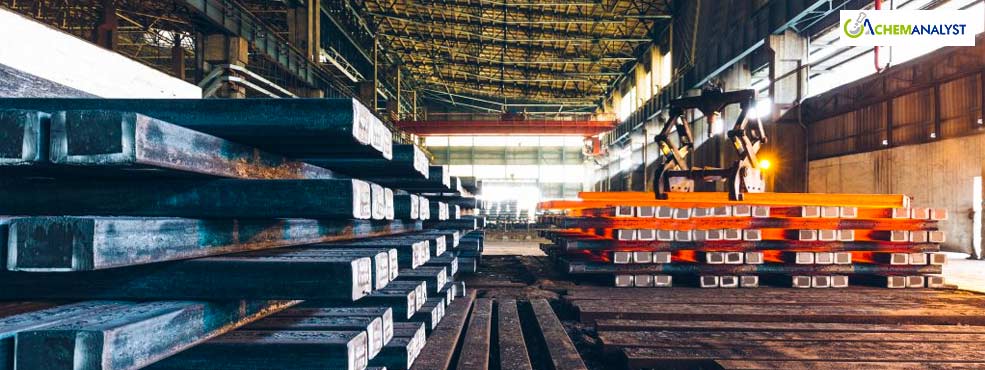Chinese Steel Production Cuts Drive Down Iron Ore Prices
- 13-Mar-2024 2:01 PM
- Journalist: Nina Jiang
Iron ore futures prices have undergone a prolonged descent, reaching their lowest point in more than four months as of Monday. This significant decline is chiefly attributed to a reduction in steel production within China, which stands as the foremost consumer of iron ore on a global scale. Despite witnessing an uptick in shipments at the outset of the year, coupled with a sluggish recovery in demand, the iron ore market grapples with a surplus, thereby exerting substantial downward pressure on prices.
The global stage observes a notable surge in ore shipments, reaching relatively elevated levels. However, this surge in supply hasn't been met with a corresponding reduction in production among non-mainstream suppliers. Furthermore, certain mills have deferred the resumption of production, exacerbating the stagnant rise in ore demand and contributing to the accumulation of stockpiles at ports.
In response to escalating costs, subdued demand stemming from the persistent property crisis, and the burden of inventory pressures, Chinese steelmakers are deliberating production cuts. Particularly noteworthy is the case of Yunnan province, situated in southwestern China, where steel mills have opted to curtail production in an effort to offset losses. The regional steel industry association has articulated plans to reduce production by a substantial 500,000 metric tons.
Simultaneously, the steel benchmarks on the Shanghai Futures Exchange echo this downward trajectory. Rebar prices have witnessed a notable decline of 2.41%, while hot-rolled coil and stainless steel have experienced drops of 1.95% and 1.34%, respectively.
China's persistent property crisis emerges as another significant factor dampening the demand for ferrous metals. The housing market has witnessed a pronounced slowdown in demand, resulting in an influx of newly constructed yet unoccupied apartments. Concurrently, home builders and local governments grapple with the weight of mounting debts. Despite governmental interventions aimed at alleviating the crisis, recent indications suggest these measures have fallen short. The current stance of the government emphasizes that insolvent companies must undergo bankruptcy and reorganization without relying on government support.
The decline in iron ore prices is emblematic of a multifaceted interplay of factors, with reduced steel production in China emerging as a primary catalyst. The market's struggle with oversupply, coupled with a subdued recovery in demand and the escalation of production costs, underscores the formidable challenges encountered by stakeholders across the iron ore supply chain. The persistent property crisis in China further compounds these challenges, necessitating a comprehensive approach to address the structural issues within the industry and ensure its long-term sustainability.



